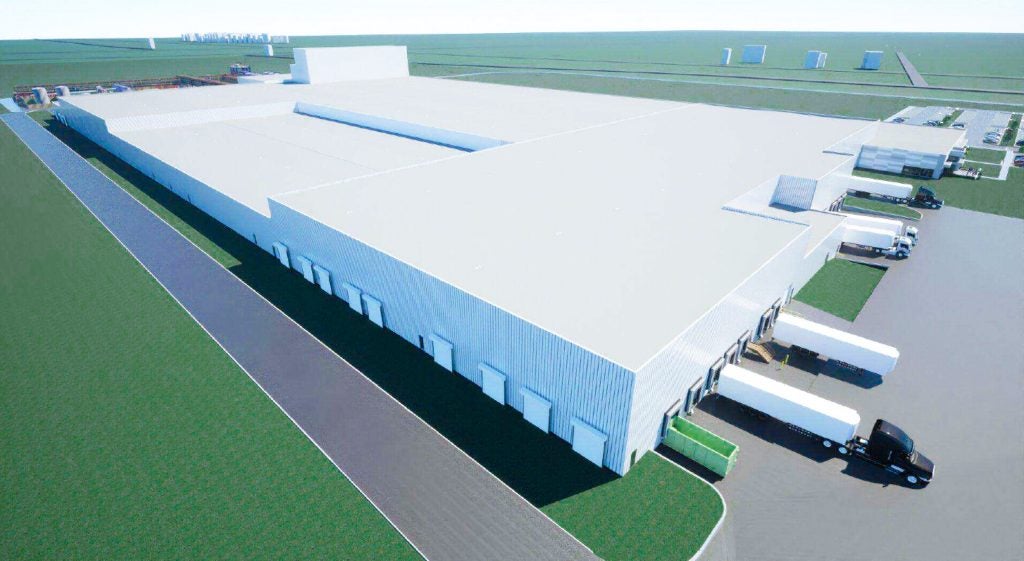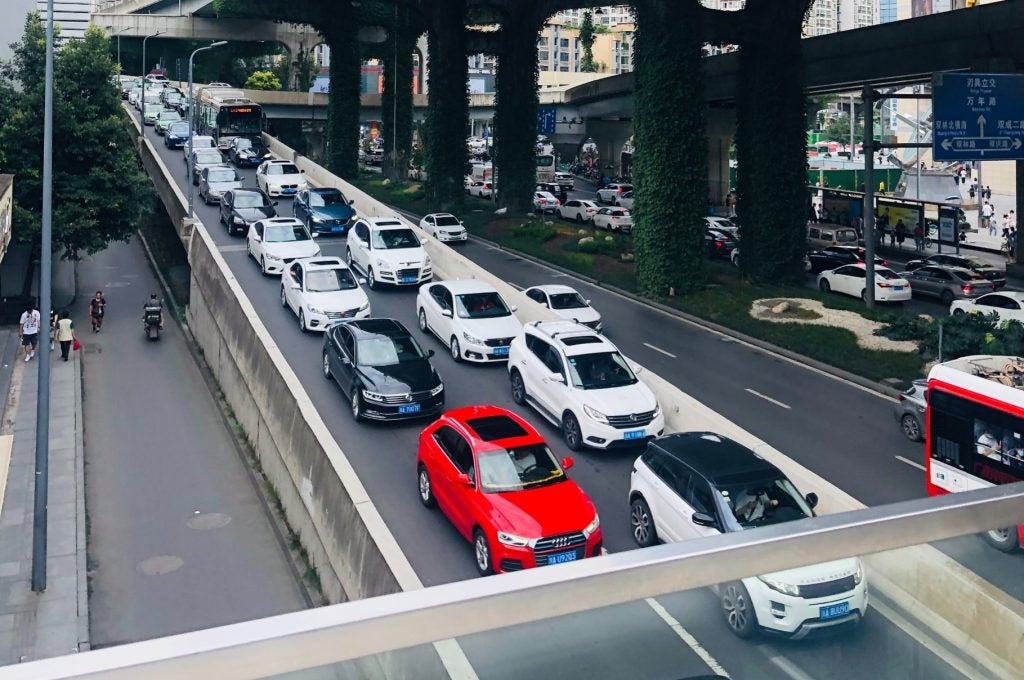After a long period of decline that began with the international financial crisis of late 2008, Russia’s light vehicle market notched up 20% year-on-year growth in April – helped by a temporary government scrappage scheme that began in March.
It is welcome news – especially for troubled behemoth AvtoVAZ. Much of the initial action is at the bottom of the market where buyers are being tempted by cheap Ladas. AvtoVAZ vehicle sales in April reached 52,449 units – 54% up on last year.
But Western makers with assembly plants in Russia will also be hoping that the market is turning a corner and that conditions will continue to improve. Local observers note that non-domestic brands are also seeing a positive trend.
A gradual recovery is in prospect, with the government scrappage incentive expected top add 200,000 units to Russia’s car market this year. The Russian car market is forecast by JD Power at 1.48m units in 2010 and just 1.7m units in 2011 – which is still a million units off 2008’s total. It’s a slow recovery.
But challenges are ahead for the industry, even if the market comes back as projected.
See Also:
Analysts point out that logistics challenges loom large. Russia is a huge country with a poor road system.
How well do you really know your competitors?
Access the most comprehensive Company Profiles on the market, powered by GlobalData. Save hours of research. Gain competitive edge.

Thank you!
Your download email will arrive shortly
Not ready to buy yet? Download a free sample
We are confident about the unique quality of our Company Profiles. However, we want you to make the most beneficial decision for your business, so we offer a free sample that you can download by submitting the below form
By GlobalDataBoth OEMs and logistics providers are planning for better times ahead.
“The system is not currently under pressure,” says Jean-Philippe Jouandin, supply chain director for Renault Russia. But since an improving market means more sales in far-flung cities other than Moscow and St Petersburg, there will be a consequent increase in the average delivery times.
Jouandin predicts a requirement for some 50% more capacity for outbound logistics.
“Since this…increase will arrive at the same time as a market increase, it will [lead to] some difficult challenges for the global finished vehicles transportation market,” he says.
Other participants in Russia point to the demands of an increasingly onerous customs and taxation system.
“The main problem faced in importing cars is a high rate of customs payments and the high cost of car deliveries,” notes Alexander Zhuravlev, chief executive of transport provider Major Auto Trans.
Russia’s government is slowly waking up to the need for new logistics solutions that can support the development of Russia’s auto industry. An example of a new solution is a scheme for the subsidised use of trans-continental rail to move cars across Siberia from Vladivostok in ‘Russia’s Far East’.
A new Sollers plant there produces Ssangyong off-road vehicles and Isuzu trucks. The output of the plant is planned to grow from 15,000 vehicles in 2010 to 40,000 vehicles annually in 2012 (with the Ssangyong compact SUV C200/Korando C expected to be added).
But not all the firm’s output can be sold locally. Sollers and the local authorities in Vladivostok have asked Moscow for subsidies to compensate the shipment of new vehicles across the country to European Russia – where automotive customers are concentrated. It’s a rare example of joined-up thinking.
However, ongoing logistics problems in Russia are compounded by severe structural weaknesses in the supplier sector. Russian automotive manufacturers were set up to do everything themselves. They remain extremely highly vertically integrated with an independent supplier sector that is poorly developed (or almost non-existent if we use the word ‘independent’ correctly). Even if modern logistics infrastructure was in place, a Western-style extended automotive supply-chain to use it does not exist.
International Tier 1s want to invest in Russia but have difficulty finding good quality Russian suppliers in material areas like steel. As well as do-everything OEMs, problems stem from relatively low volumes and a lack of willingness from local firms to invest in plant to produce at acceptable quality, making local sourcing problematic. And the skills base is patchy.
The weak financial position of the automotive sector in Russia since 2008 has not helped to alleviate these concerns. But there is an increasing local awareness of the need to change and to look for solutions that can promote modernisation and address the need to become internationally competitive – or at least be moving in that direction.
The presence of Western brands with assembly operations in Russia poses a serious long-term challenge to Russia’s indigenous industry, even if there are Kremlin bailouts at the moment. In an example of officially sanctioned cooperation, AvtoVAZ and Sollers have signed an agreement to develop a combined suppliers’ auto components base. Both companies are hoping that the agreement will allow suppliers to be developed that can supply and meet the needs of both companies. In theory, cooperation between the two should encourage higher volumes and lower unit-costs on parts.
It will clearly take some time to modernise Russia’s manufacturing industry. As is so often the case with the BRIC markets and industries, there’s a lot more to understanding what’s really going on in them than simply what’s in the headline numbers.







